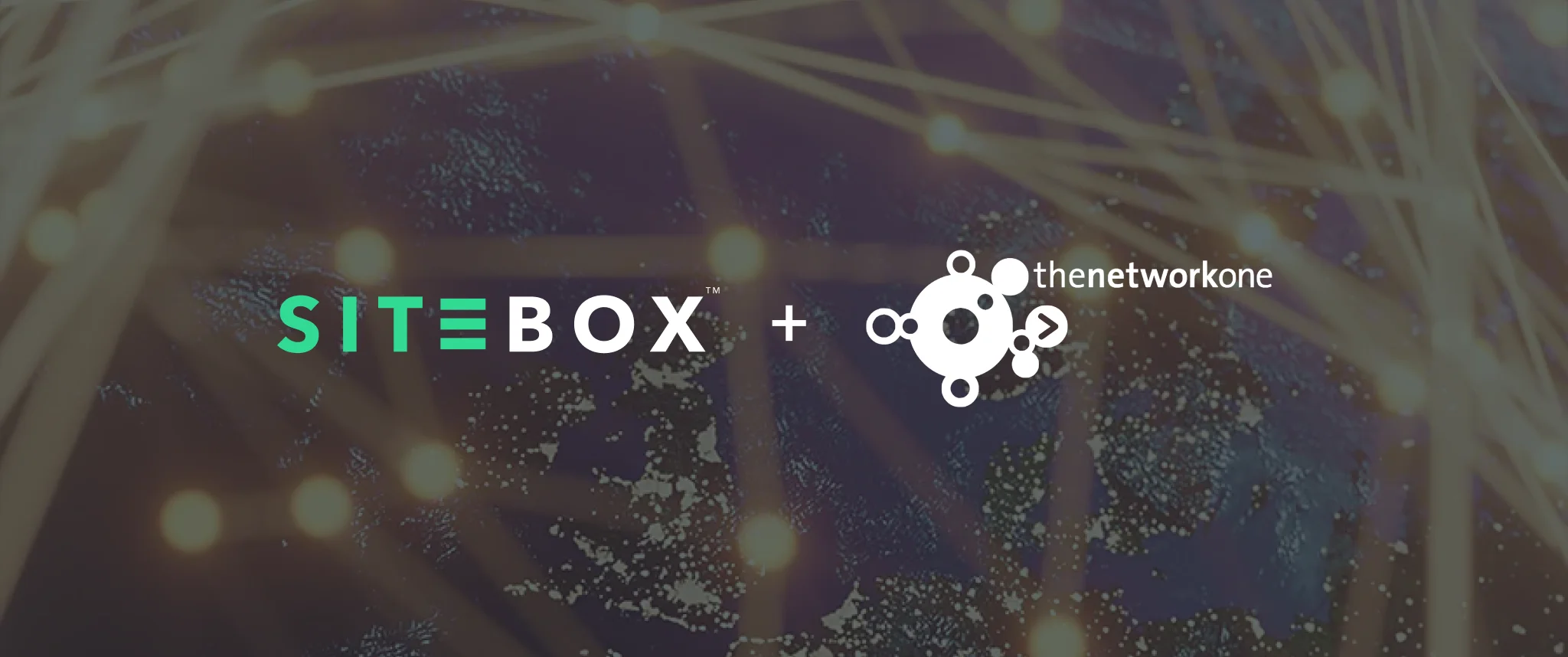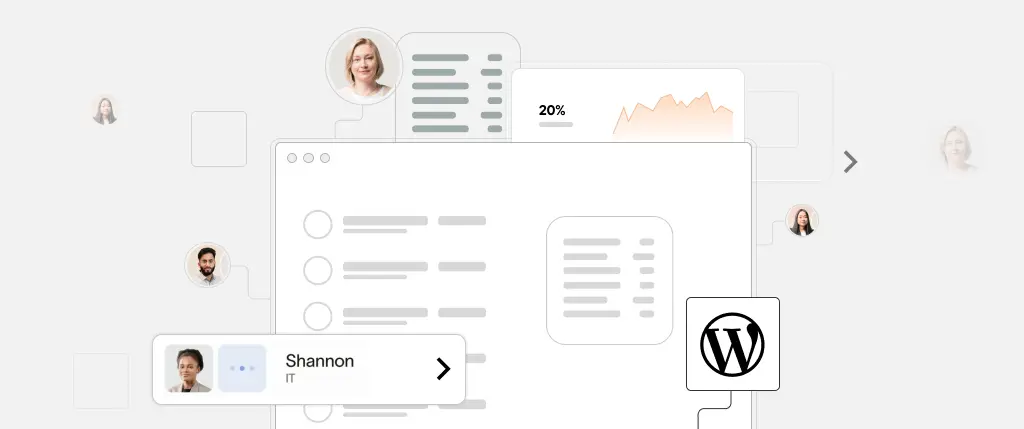If you’ve ever struggled with inconsistent development environments, version conflicts, or slow local servers, you’re not alone. Traditional tools like MAMP, XAMPP, or manual installs often lead to configuration headaches and unreliable deployments.
Enter Docker—a tool that allows you to containerize your WordPress environment, making it fast, consistent, and easily replicable across teams and machines.
In this guide, we’ll walk through the benefits of using Docker for WordPress development, how to get started, and advanced tips for building flexible, modern dev stacks. Whether you’re a solo developer or part of a team, Docker can revolutionize how you build with WordPress.
What Is Docker and Why Should WordPress Developers Use It?
What Is Docker?
Docker is a containerization platform that lets you package your applications—including code, dependencies, and environments—into lightweight containers that can run anywhere.
Think of it as shipping your entire WordPress setup in a box that runs the same on your machine, your coworker’s laptop, and your production server.
Why Use Docker for WordPress?
- 🔁 Consistency: No more “it works on my machine” issues.
- 🚀 Speed: Start a full WordPress stack in seconds.
- 🔧 Customizability: Easily switch PHP versions, database engines, or server configs.
- 📦 Isolation: Keep projects separate—no global plugin or DB conflicts.
Setting Up WordPress with Docker
Let’s walk through setting up a basic WordPress environment using Docker.
Step 1: Install Docker
First, install Docker Desktop for Mac or Windows.
Step 2: Create a Project Folder
mkdir wp-docker && cd wp-dockerStep 3: Create docker-compose.yml
version: '3.9'
services:
wordpress:
image: wordpress:latest
ports:
- "8000:80"
environment:
WORDPRESS_DB_HOST: db
WORDPRESS_DB_USER: wpuser
WORDPRESS_DB_PASSWORD: wppass
WORDPRESS_DB_NAME: wpdb
volumes:
- ./wp-content:/var/www/html/wp-content
db:
image: mysql:5.7
environment:
MYSQL_ROOT_PASSWORD: rootpass
MYSQL_DATABASE: wpdb
MYSQL_USER: wpuser
MYSQL_PASSWORD: wppassStep 4: Start the Environment
docker-compose up -dVisit http://localhost:8000 to complete your WordPress setup.
Persisting Data with Volumes
To avoid losing data when containers restart, use Docker volumes. The volumes section in the Compose file above mounts the local wp-content directory so you can develop themes and plugins safely.
Custom Dockerfile for PHP Extensions
Need custom PHP extensions or configuration? Add a Dockerfile like this:
FROM wordpress:latest
RUN docker-php-ext-install pdo pdo_mysqlThen modify your docker-compose.yml:
build:
context: .
dockerfile: DockerfileManaging Multi-Service Environments
You can easily add more services (e.g., Redis, MailHog, phpMyAdmin):
phpmyadmin:
image: phpmyadmin/phpmyadmin
ports:
- "8080:80"
environment:
PMA_HOST: dbNow access your DB at http://localhost:8080.
Code Examples Recap
Basic Docker Compose File for WordPress
version: '3.9'
services:
wordpress:
image: wordpress
ports:
- "8000:80"
environment:
WORDPRESS_DB_HOST: db
WORDPRESS_DB_USER: wpuser
WORDPRESS_DB_PASSWORD: wppass
WORDPRESS_DB_NAME: wpdb
db:
image: mysql:5.7
environment:
MYSQL_DATABASE: wpdb
MYSQL_USER: wpuser
MYSQL_PASSWORD: wppass
MYSQL_ROOT_PASSWORD: rootpassCustom PHP Config (Optional)
FROM wordpress:php8.1-apache
RUN docker-php-ext-install mysqli pdo pdo_mysqlBest Practices for Dockerized WordPress Development
- 🧩 Use
.envfiles for sensitive credentials. - 🛑 Avoid hardcoding ports in multi-project setups.
- 🧹 Run
docker system pruneoccasionally to clean up unused images. - 📁 Mount only necessary volumes to speed up Docker on macOS/Windows.
- 📝 Use WP-CLI inside the container:
docker exec -it wp-docker-wordpress-1 wp plugin install akismet --activateHow SiteBox Simplifies Docker-Based WordPress Development
While Docker is powerful, setting it up and maintaining your dev environment can still take time and expertise.
SiteBox streamlines the process by offering:
- 🧪 Pre-built Docker environments for every project—no config required
- 🔄 Version control for environments—easily roll back or clone stacks
- 🧱 Built-in WordPress CLI and database tools
- 🔧 One-click deployment from dev to staging/production
- 🧘♀️ No local Docker install needed—everything runs in the cloud, freeing up your machine
SiteBox takes the best parts of Docker and wraps them in a dev-friendly experience purpose-built for WordPress teams.
Conclusion
Docker has transformed modern development, and WordPress is no exception. By containerizing your development environment, you gain consistency, speed, and control that traditional tools can’t match.
With just a few lines of configuration, you can launch fully-isolated WordPress stacks in seconds—and scale them up with advanced services like Redis, phpMyAdmin, and more.
And if you want to save time and avoid setup headaches, SiteBox delivers a ready-to-go Docker-based workflow—so you can focus on building, not configuring.
Want to level up your WordPress development?
👉 Try SiteBox and experience modern, Docker-powered dev environments the easy way.




